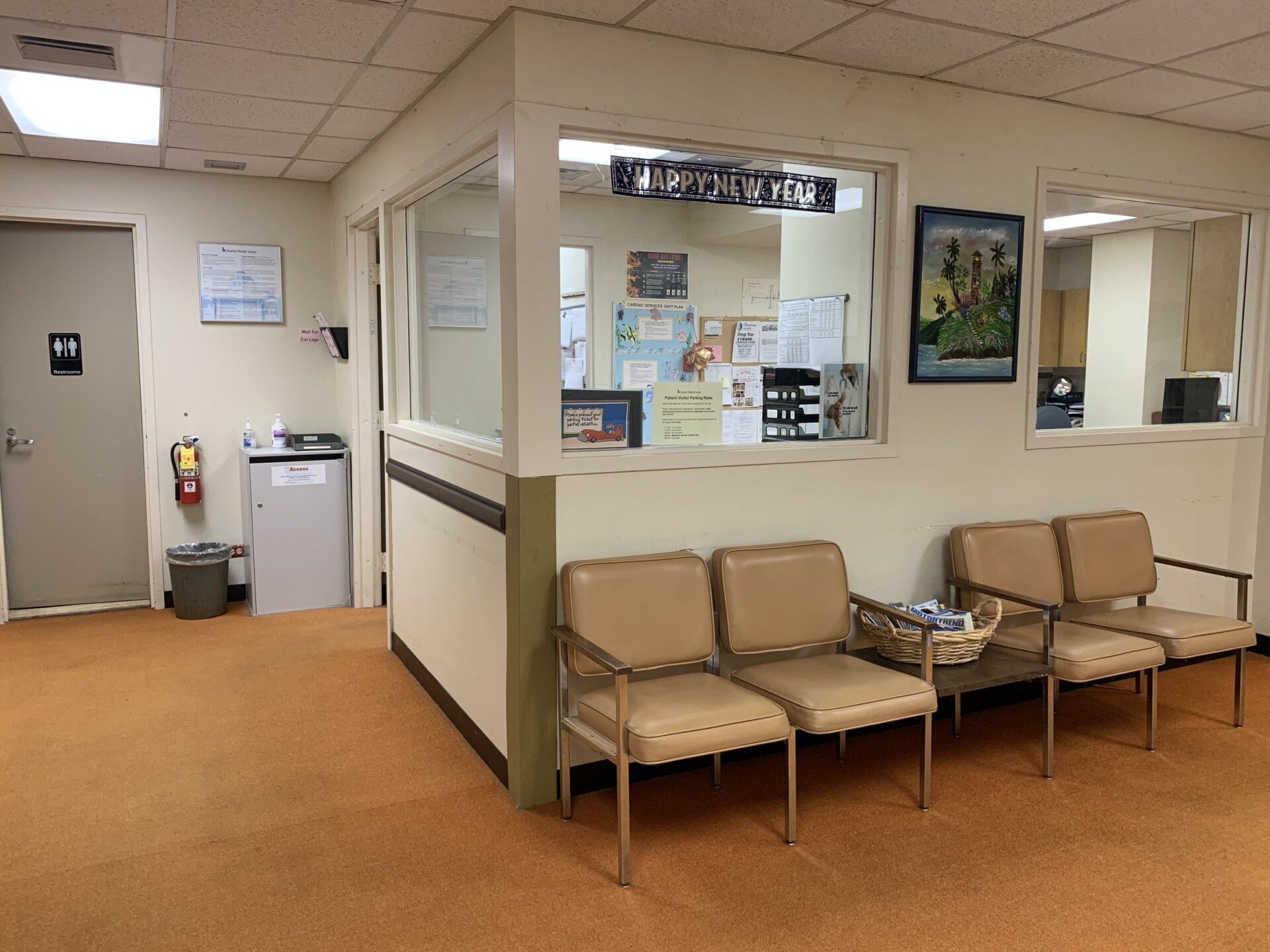


Telemedicine Clinics: Instant Healthcare Access For Employees

Business as usual today is not business as usual. Changing workflow and practices, maintaining productivity with a workforce that constantly alternates, and functioning without key personnel have become daily challenges. For example, if you lose one person from a two-person clinic, you lose 50% of your capacity to maintain production.
AnovaWorks is sharing that burden by developing telemedicine clinics that seamlessly provide quality care to fill those voids. AnovaWorks protocols connect state-of-the-art electronic medical instruments that share clinical information with the telemedicine provider in real time (i.e. stethoscopes, oto-ophthalmoscopes and dermatoscopes). And the quality of this information is remarkable!
What Is Telemedicine?
Telemedicine is vicarious patient care through an audio-visual form of electronic communication. Much like the internet altered shopping, telemedicine is a technological advance that’s changing the practice of medicine. Although it reduces the "personal" aspect of a medical visit and the ability to examine the patient, telemedicine is a big advance over telephone and email communication because it gives providers the ability to visualize patients’ non-verbal cues.
Thanks to telemedicine, patients can enjoy easy access to healthcare with a much lower investment of time, travel, and hassle. For insurers, the cost may be the same as in-person visits; for example, Washington law connected insurance visit codes to telemedicine in 2017. Another benefit of telemedicine is that providers gain access to a large patient population (limited only by the patient's residence, the provider's licensure, and insurer relationships) without an investment in brick and mortar, plus enjoy greater flexibility in their residence and practice hours.
A Time-Saving Solution
Many patients and providers today see a medical visit as a quest for pills. In such scenarios, virtual visits are attractive as an initial touchpoint for a medical problem or management of chronic or recurring pain. Presently, some cases are limited due to the need for a physical evaluation to adequately diagnose treatment recommendations prior to prescribing a remedy. Telemedicine, however, is an extremely efficient mode for follow-up visits.
Many providers value time away from work or the workplace above a professional connection to their patients or employer, viewing a barrier between themselves and a difficult patient as a benefit. Even many primary care and urgent care visits include only a cursory examination, if any. For these practices, the lack of ability to examine patients is not a professional detriment, nor would it be for many of their patients.
Large provider organizations will see telemedicine as the perfect solution to compete for market share in a large area, and decrease the cost of maintaining a primary care/urgent care function in order to access the high dollar codes by negotiating higher fees for telemedicine visits.
Emergency rooms may see this as an opportunity to keep low paying and non-emergency patients out of their schedules, thus lowering staffing costs and limiting their services to high paying emergency cases. Additionally, government officials may see telemedicine as a way to curb healthcare costs for the Medicaid population, especially in states where telemedicine is already connected to reimbursement.
Telemedicine at NovaWorks
At NovaWorks, telemedicine is enhanced by personal relationships, visit support, hands-on examinations, and electronic diagnostic data transmission. NovaWorks is training staff to provide a telemedicine experience that creates trust when executing this new type of medical visit. NovaWorks is hiring and training telemedicine providers and support staff who are excited to be practicing on this frontier of medicine. The goal is to continue to produce high quality outcomes, regardless of the COVID virus, or any other disruption.
Give your employees instant access to healthcare with telemedicine clinics.
COPYRIGHT © 2024, ANOVAWORKS
